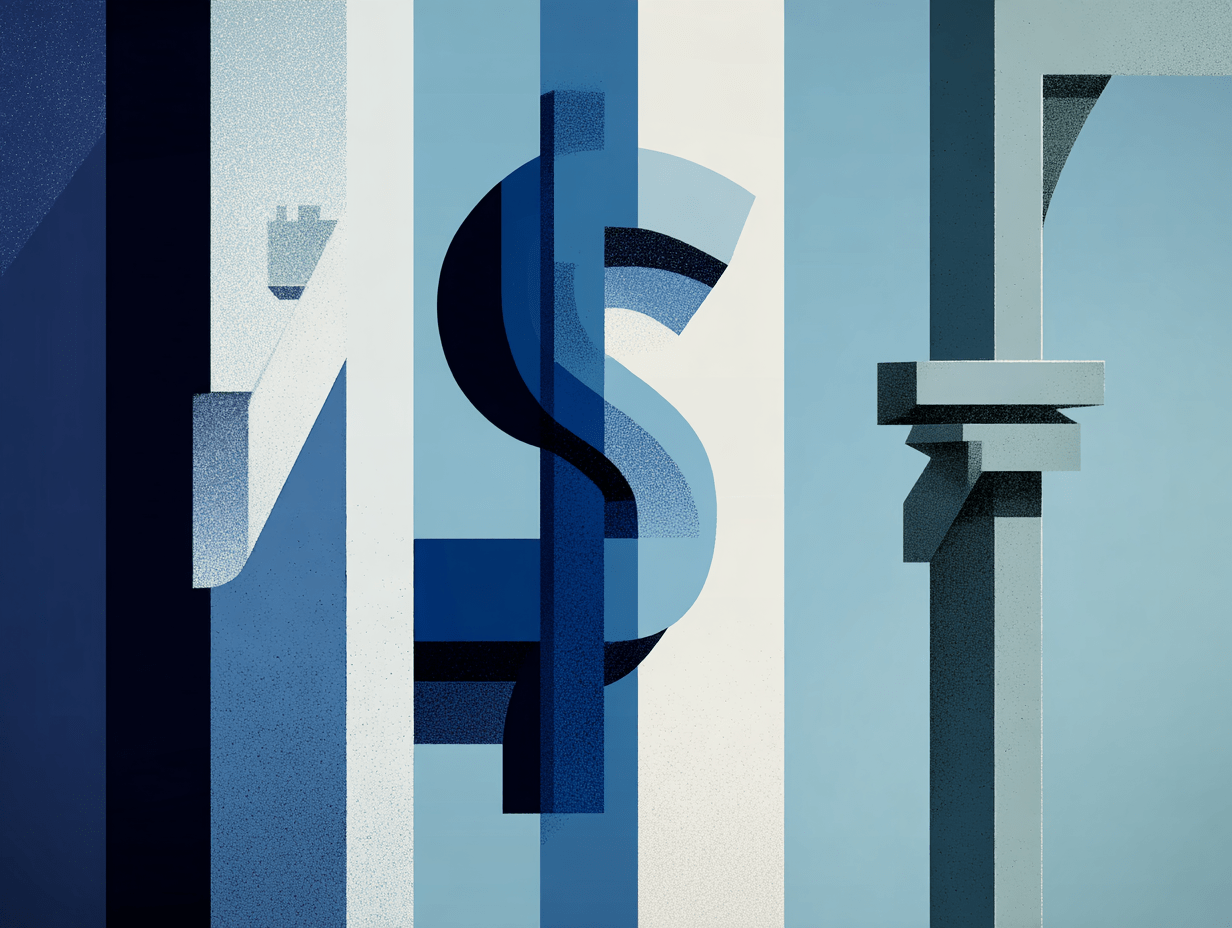Dollar Weakness: Curse or Opportunity for Europe?
Despite tighter US monetary policy and stronger growth, the greenback has depreciated against the euro - with major implications for Europe. A commentary by Marco Buti, and Marcello Messori

In the first nine months of Donald Trump’s presidency, the US currency has recorded one of the steepest depreciations of the past half-century.
Contrary to the thesis advanced by many analysts at the time of the so-called “liberation day” — marked by Trump’s dismantling of already fragile multilateral arrangements — the dollar’s weakness cannot be attributed to a loss of centrality in global goods or financial markets.
Signals to that effect appeared briefly last April, but have not been repeated since. The current slide in the US dollar therefore remains unexplained. To examine the issue, we focus on the dollar–euro exchange rate.
In July 2022, the dollar reached parity with the euro. After declining from that peak, the US currency regained ground following Trump’s electoral victory in November 2024. Since then, however, it has depreciated again, despite US monetary policy remaining more restrictive than the ECB’s and fiscal policy being more expansionary than the EU average.
The Fed’s recent 25 basis-point cut has not changed this reality: policy in Washington is still restrictive, and would only become neutral with further reductions of around 100 basis points. By contrast, the ECB had already reached a neutral stance by June.
Moreover, despite Trump’s erratic initiatives, the US economy continues to grow faster than Europe’s, and the distortive “Big Beautiful Bill” promises far more fiscal stimulus than anything available at EU level.
In principle, the dollar should not have continued to weaken against the euro. On the contrary, taking into account Trump’s tariffs on US imports and their likely impact on the trade balance, a further dollar appreciation beyond November 2024 levels would not have been surprising.
The opposite trend suggests that investors are pricing in negative expectations about the sustainability of US fiscal and monetary policy.
The fear is that the next Fed chair could pursue expansionary policies despite serious inflation risks, and that uncontrolled increases in federal deficits may follow. In such a scenario — compounded by the absence of regulation on stablecoins and cryptocurrencies — stagflation risks would rise sharply, making dollar depreciation inevitable.
By anticipating this outcome, investors may be creating the very conditions that validate their expectations.
This explanation forces us to re-examine the dollar’s international centrality. Could investor flight from US Treasuries undermine the dollar’s role as the global reserve currency only in the long term? As one of us (Messori) has previously argued, the analysts’ consensus answer is “yes”, given the inability of the euro or the Chinese renminbi to replace the dollar in global markets.
Yet the potential breaking points are numerous. Two examples suffice: first, the emergence of a “shadow president” at the Fed, reducing Jerome Powell to lame-duck status in the final stretch of his mandate while strengthening Trump-aligned board members such as Steve Miran; second, the rekindling of the trade war with China when the current tariff truce expires in November.
Against this backdrop, the real question is what European economic policies can prevent the dollar’s depreciation — combined with Trump’s tariffs — from delivering a severe blow to EU growth.
Regardless of exchange rates, Europe’s production model cannot rely on net exports. Instead, it must catch up on its technological lag. That requires innovative investment compatible with the twin green and digital transitions and with social inclusion, underpinned by two pillars.
First, fiscal policy must combine prudent national choices with the use of available fiscal space (including in defence) and an enhanced common EU fiscal capacity.
Second, Europe needs deeper and less fragmented financial markets, capable of effectively mobilising private capital for innovative investment. Progress on both fronts would also strengthen the euro’s international role, making it a credible candidate to rival the dollar as a reserve currency.
If Europe’s political and institutional leaders fail to grasp the challenges and opportunities ahead, the Union will face grave risks.
Sovereigntist retrenchment, present both in major member states and at the centre, would undermine the European policy mix and diminish the Union’s global role.
Europe would risk shrinking into little more than a stagnating confederation, consigned to the margins of history as well as the headlines.
A version of this article appeared in Italian in Il Sole 24 Ore.
IEP@BU does not express opinions of its own. The opinions expressed in this publication are those of the authors. Any errors or omissions are the responsibility of the authors.

